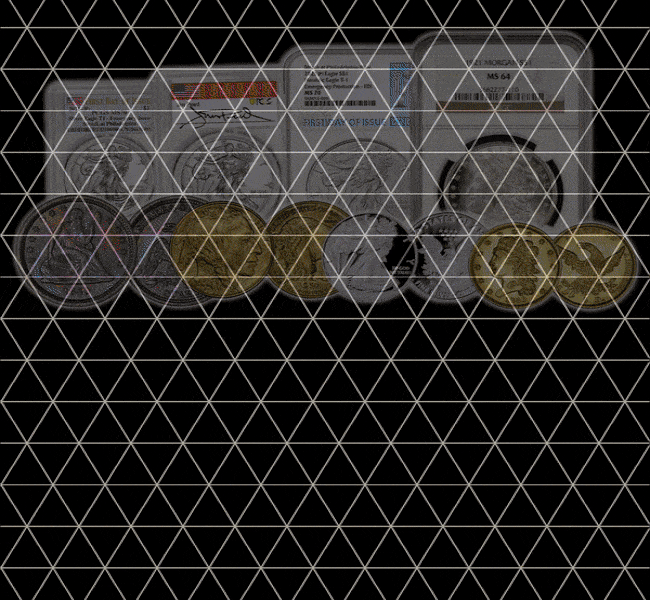By Philip Thomas for PCGS ……
It isn’t every day that a United States banknote variety that is currently unlisted in the foremost reference catalog enters the PCGS grading room. That is why our banknote team was more than a little bit surprised after encountering a note previously unknown to researchers and collectors active in this specific area of banknotes. The new discovery was a Series 1928-D $2 Legal Tender Note Mule from the D-A Block.
For one to fully understand and appreciate this discovery, two prominent and reoccurring concepts across the United States Small-Size field should be first investigated: mules and blocks.
Mules
You didn’t have to grow up on a farm to know what a “mule” is in real life – the hybrid offspring of a donkey and a horse. The numismatic term “mule” represents the similar concept of two seemingly different things coming together to form something entirely new and different. In early 1938, the Bureau of Engraving and Printing (BEP) made the decision to increase the size of the plate numbers engraved onto each of the plates used in the printing process from approximately 0.6 millimeters in height to a full 1.0 millimeters. However, as a cost-savings measure, plates previously engraved with the smaller (“micro”) plate numbers remained on the presses, and their work product was sometimes combined with the product of the newer “macro”-numbered plates during a brief transitionary period until the “micro” plates came to the natural end of their lives.
The $2 bill being showcased here is a mule, having a reverse printed with a smaller backplate number and a 1928-D face that proudly displays the larger size of faceplate number.
Blocks
A banknote’s “block” can be identified by looking at the very first and last non-numeric characters of its serial number. These “prefixes” and “suffixes”, as they are technically called, are normally letters of the alphabet ranging from “A” through “Z”, with the exception of “O” due to potential confusion over similar appearance to the number zero; a star symbol can also be a part of a note’s block, as seen in the case of Replacement Notes. For non-Federal Reserve Notes, block letters typically start at A-A for a new series and after approximately 100 million notes are printed, the block letter prefix advances to the next letter in line, from A to B to C, and so on.
The Series 1928-D $2 Legal Tender Note Mules had been widely observed from the B-A and C-A blocks and are fairly common. Up until now, no D-A block mules had ever surfaced, which made sense because notes from the D-A block were being numbered and issued long after all the “micro”-sized plate number reverse sheets had been used up – or so it was believed.
How could this have happened? How could a mule printed with a phased-out reverse printing plate have been overprinted with a D-A block serial number so late in the game?
While research into this continues, the leading theory places the blame squarely on a quirky practice known to the BEP at the time. Incomplete sheets of “micro”-size plate number reverses (without faces) could have been misplaced by press operators or placed in storage for months or even years before being discovered and brought back to press much later after their initial intended use to receive the D-A block overprint. In any event, this note here represents an amalgamation of oddities and serves as a good reminder of how collecting U.S. Small-Size currency has yet to see its final frontier.
* * *

So how much is this $2 bill worth?
Yes I’d love to know too?? How much is it worth n thats consider very fine, ok awesum nice to know.
I have the identical $2.00 bill D32288189A. What do I do with it?
Send the note to me!